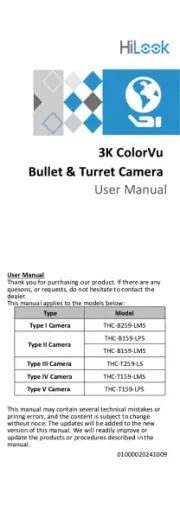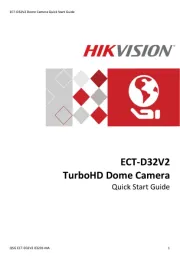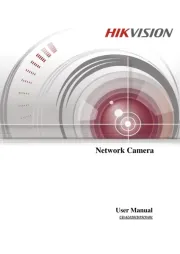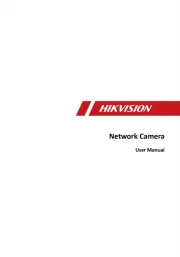Hikvision DS-2CD6944G0-IHS(/NFC) Manual
Læs gratis den danske manual til Hikvision DS-2CD6944G0-IHS(/NFC) (132 sider) i kategorien Overvågningskamera. Denne vejledning er vurderet som hjælpsom af 18 personer og har en gennemsnitlig bedømmelse på 4.9 stjerner ud af 9.5 anmeldelser.
Har du et spørgsmål om Hikvision DS-2CD6944G0-IHS(/NFC), eller vil du spørge andre brugere om produktet?

Produkt Specifikationer
| Mærke: | Hikvision |
| Kategori: | Overvågningskamera |
| Model: | DS-2CD6944G0-IHS(/NFC) |
Har du brug for hjælp?
Hvis du har brug for hjælp til Hikvision DS-2CD6944G0-IHS(/NFC) stil et spørgsmål nedenfor, og andre brugere vil svare dig
Overvågningskamera Hikvision Manualer










Overvågningskamera Manualer
- Aigis
- Control4
- Tapo
- Kguard
- Zavio
- Avigilon
- Netis
- Ikegami
- Tellur
- Topica
- OOSSXX
- Dedicated Micros
- Blaupunkt
- Laxihub
- SPC
Nyeste Overvågningskamera Manualer









